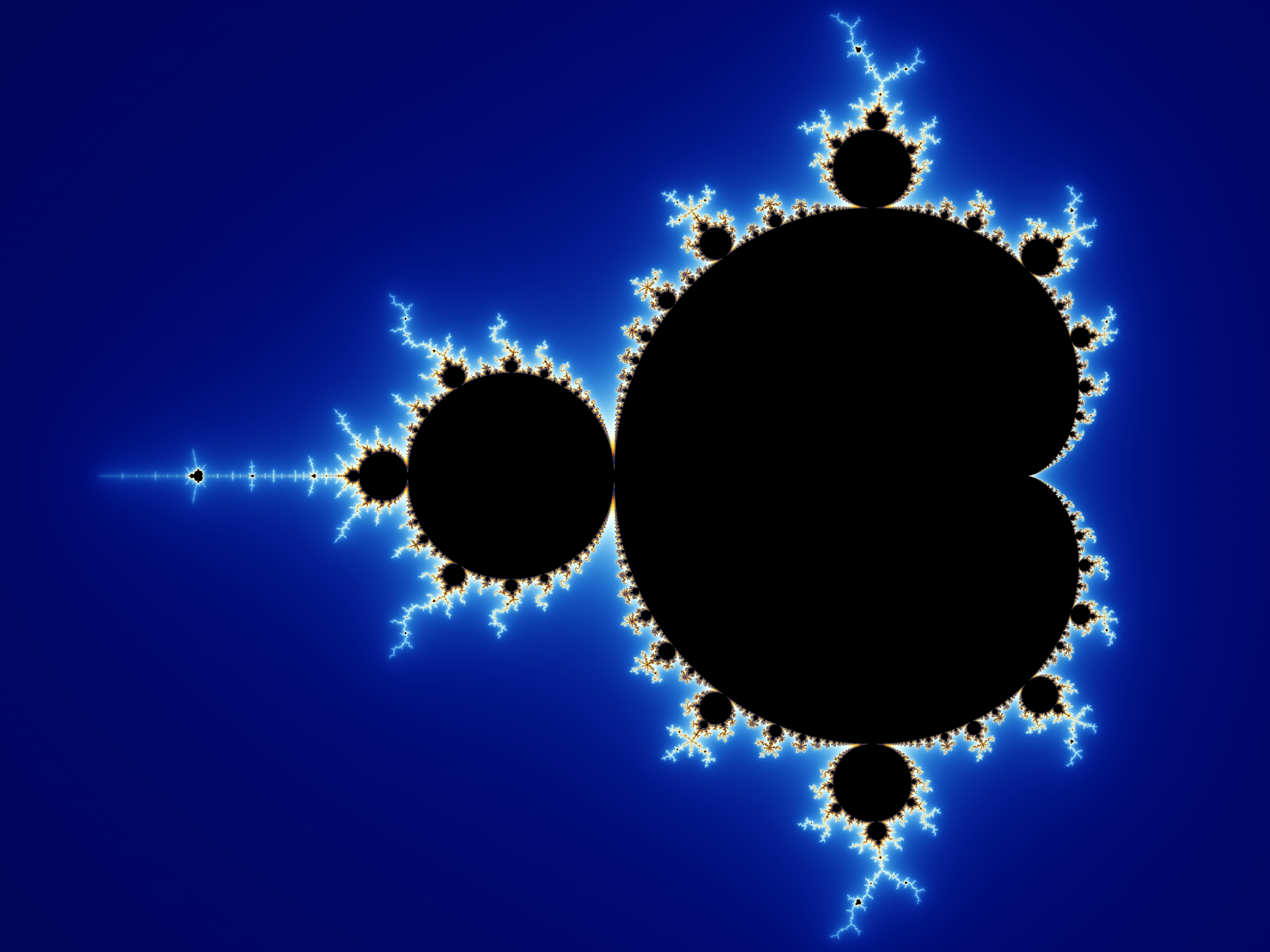 |
| Leonardo da Vinci's Vitruvian Man - a study on the human body, proportions, and perspective https://www.leonardodavinci.net/images/gallery/the-vitruvian-man.jpg |
Math was one of my favorite subjects when I was younger – I spent
my free time devouring puzzle books and competing in creative math. The boundless
power of math, and its position at the core of scientific knowledge, was fairly
obvious to me. However, I never fully considered the extent of math’s impact
through its influence on art as well. I knew about artistic elements such as
perspective and the golden ratio (Vesna). What was new to me was the notion
that these concepts, rather than being rooted solely in the world of art, derive
from a blend of mathematical principles, scientific ideas about optics, and
artistic depiction. Leonardo da Vinci embodies the harmony between these three
fields, as an avid artist, mathematician, scientist who applied his varied interests
to reach unparalleled heights of artistry and creation.
 |
| Mandelbrot set https://upload.wikimedia.org/wikipedia/commons/2/21/Mandel_zoom_00_mandelbrot_set.jpg |
I realize now that this week’s unit broadens ideas I have
been exposed to in the past. I remember watching a film adaptation of Flatland in middle school. After reading
the original work by Abbott, the idea of Flatland sheds light on not only
geometric and artistic perspective, but also the boundaries of what we (think)
we see and know. Another concept I was pleasantly surprised to encounter again
was fractals. I had seen them in math classes (the Mandelbrot set was actually the
cover of my calculus textbook!); but the videos on fractals helped me appreciate
the mathematical complexity and beauty of these phenomena, and their prevalence
in the natural and artistic worlds. I was especially intrigued to find out the
relationship between fractals, Fibonacci numbers, the golden ratio, and the
stock market (Socioeconomics Institute). The idea that human activity can be
modeled through these functions demonstrates the power of math, art, and
science when they work together.
 |
| Mathematical process behind origami https://www.oh-i-see.com/blog/wp-content/uploads/2014/03/four-step-process-1024x499.jpg |
I was also fascinated to learn about the connections between
math and origami. Robert Lang’s talk brought a new perspective to this craft as
a synthesis between art, math, and engineering (Lang). The idea that you can
create any shape by applying the mathematical principles of two-colorability,
vertex folds and angles, and layer ordering brings to light how the rationality
of math can enhance the imaginative creativity of art. That this relationship
can be extended to applications in science and engineering illustrates how
vital art, math, and science are to expanding their respective fields, and how
their fusion can advance the progress of humanity.
References
Abbott, Edwin A. Flatland: A Romance of Many Dimensions. Princeton, N.J., Princeton University Press, 1884.
DlimitR. “Fractals – Mandelbrot.” YouTube, 17 June 2006, https://www.youtube.com/watch?v=ivRQDbAduoM.
Lang, Robert. “The math and magic of origami.” TED, Feb. 2008, https://www.ted.com/talks/robert_lang_folds_way_new_origami#t-850189.
Socioeconomics Institute. “Fibonacci, Fractals and Financial Markets - Socionomics.net.” YouTube, 31 May 2007, https://www.youtube.com/watch?v=RE2Lu65XxTU.
Vesna, Victoria. “Mathematics-pt1-ZeroPerspectiveGoldenMean.mov.” YouTube, uploaded by uconlineprogram, 9 April 2012, https://www.youtube.com/watch?v=mMmq5B1LKDg.
No comments:
Post a Comment